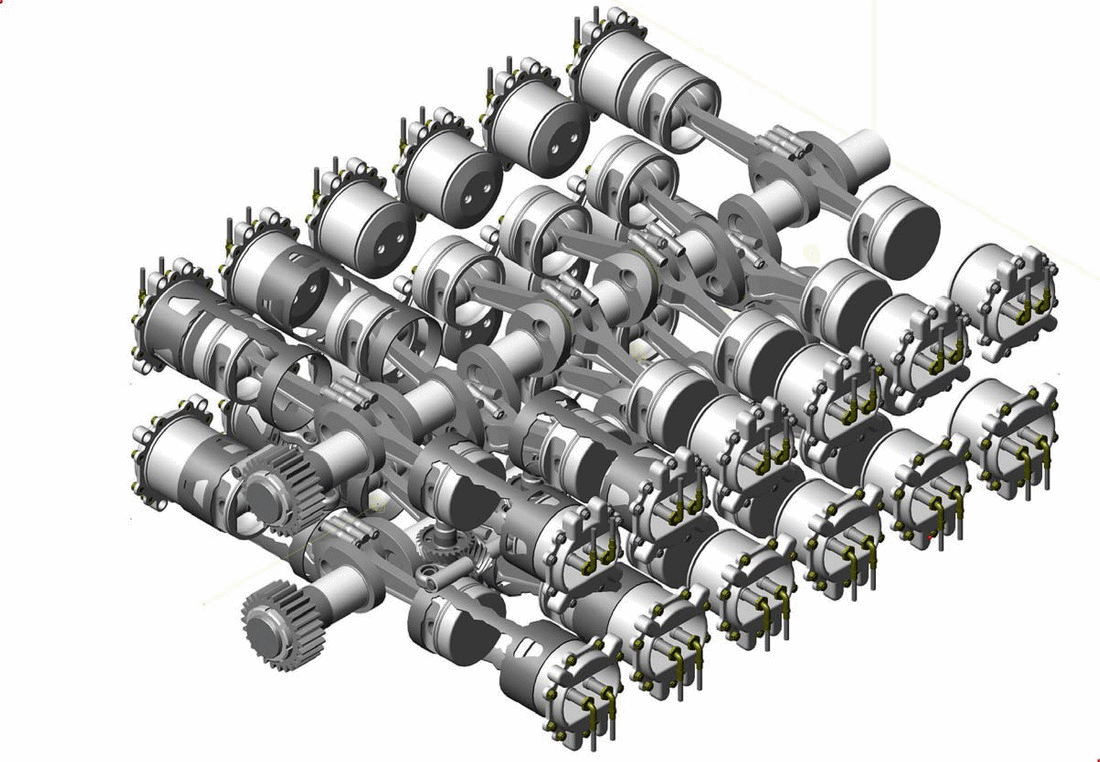Good ideas and conversation. No ads, no tracking. Login or Take a Tour!
My wife shot down my Allison V1710 coffee table idea (even though they offered me 15% off!!!) so I did what any red-blooded nerd would do: started surfing around for 3d models of Allison V1710s. I haven't found a good one but I was made aware of the uniquely British nightmare that is the Napier Sabre.
- Problems arose as soon as mass production began. Prototype engines had been hand-assembled by Napier craftsmen and it proved to be difficult to adapt it to assembly-line production techniques. The sleeves often failed due to the way they were manufactured from chrome-molybdenum steel, leading to seized cylinders, which caused the loss of the sole prototype Martin-Baker MB 3.[9][10] The Ministry of Aircraft Production was responsible for the development of the engine and arranged for sleeves to be machined by the Bristol Aeroplane Company from their Taurus engine forgings. These nitrided austenitic steel sleeves were the result of many years of intensive sleeve development, experience that Napier did not have. Air filters had to be fitted when a new sleeve problem appeared in 1944 when aircraft were operating from Normandy soil with its abrasive, gritty dust.
pip pip cheerio old chap let's hand-build H-24s for the war effort and slap chrome-moly sleeve valves on 'em
- Quality control proved to be inadequate, engines were often delivered with improperly cleaned castings, broken piston rings and machine cuttings left inside the engine.[12] Mechanics were overworked trying to keep the Sabres running and during cold weather they had to run them every two hours during the night so that the engine oil would not congeal and prevent the engine from starting the next day.[nb 3] These problems took too long to remedy and the engine gained a bad reputation. To make matters worse, mechanics and pilots unfamiliar with the different nature of the engine, tended to blame the Sabre for problems that were caused by not following correct procedures. This was exacerbated by the representatives of the competing Rolls-Royce company, which had its own agenda. In 1944, Rolls-Royce produced a similar design prototype called the Eagle.
Yes, yes, when your wartime mechanics pushing back the Nazis can't keep your engine running it's the mechanics' fault. Truly.
- Napier seemed complacent and tinkered with the design for better performance. In 1942, it started a series of projects to improve its high-altitude performance, with the addition of a three-speed, two-stage supercharger, when the basic engine was still not running reliably.
Rule Fucking Britannia
